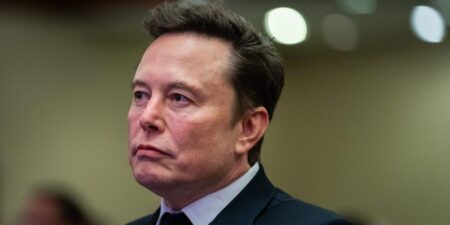McKinsey & Company says AI isn’t killing entry-level jobs. In fact, the firm is planning to hire more junior workers.
The company employs some 5,000 to 7,000 workers who aren’t partners in North America, and in five years, the number of such employees could rise by 15% to 20%, Eric Kutcher, a senior partner and chair of McKinsey North America, told reporters Monday at the company’s media day in New York.
For 2026, McKinsey plans to hire 12% more people in North America than in 2025, he said. Kutcher said he expects the company will continue to increase the number of entry-level workers it hires.
“What we will work on will still require the same level of intellect, the same level of pace, and it will be doing the things that you can’t do with machines,” he said.
The declaration from the prestigious consulting firm runs counter to the narrative that AI will eviscerate the job market for those early in their careers.
“We’re going to continue down the pathway of hiring,” he said, adding that the company is still recruiting on college campuses.
One reason young workers are often attractive, Kutcher said, is that many of them are more proficient with technology like AI because they’ve grown up with it.
“The 20-year-old econ major — I think they are way more in tune and fluent on the technology than is the 35-year-old person who’s been doing this for seven years,” he said.
Interest in drawing younger employees is welcome news amid signs that the overall job market is slowing. Desk workers, in particular, report struggling to find work as many companies remain cautious about hiring because of economic uncertainty.
Using AI savings to invest more elsewhere
Beyond McKinsey, Kutcher said he doesn’t expect the arrival of AI to presage a bloodbath in the job market.
One reason, he said, is that some companies want to invest in more areas to help drive growth, but they don’t necessarily have the cushion in their profit margins to do that. So, if AI can make some parts of the business more efficient, it could free up money for new initiatives —and new hires — Kutcher said.
“I can’t think of any CEO that I’ve spoken to so far that gets excited about the cost-reduction side of this,” he said, adding that trimming expenses might still be required.
Kutcher said one CEO told him he believes he’s at the peak of hiring for his company. Yet, Kutcher said, that doesn’t mean the CEO plans to cut jobs. The company could reassign workers to different tasks, Kutcher said.
“I actually think this is a moment where we should see a level of productivity and growth that we have not seen yet that comes out of technology,” Kutcher said.
Read the full article here
















